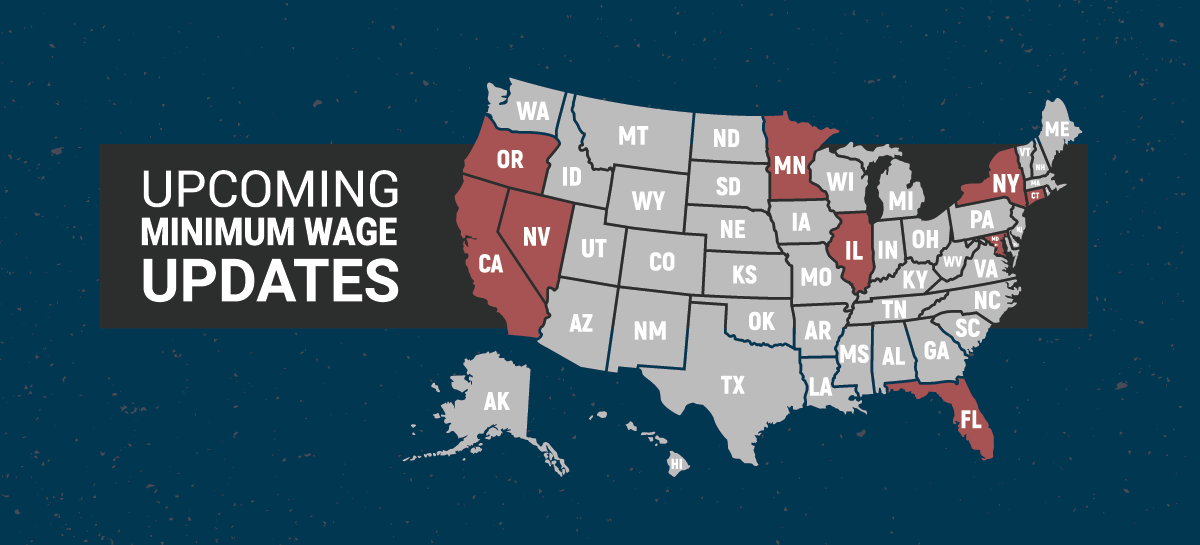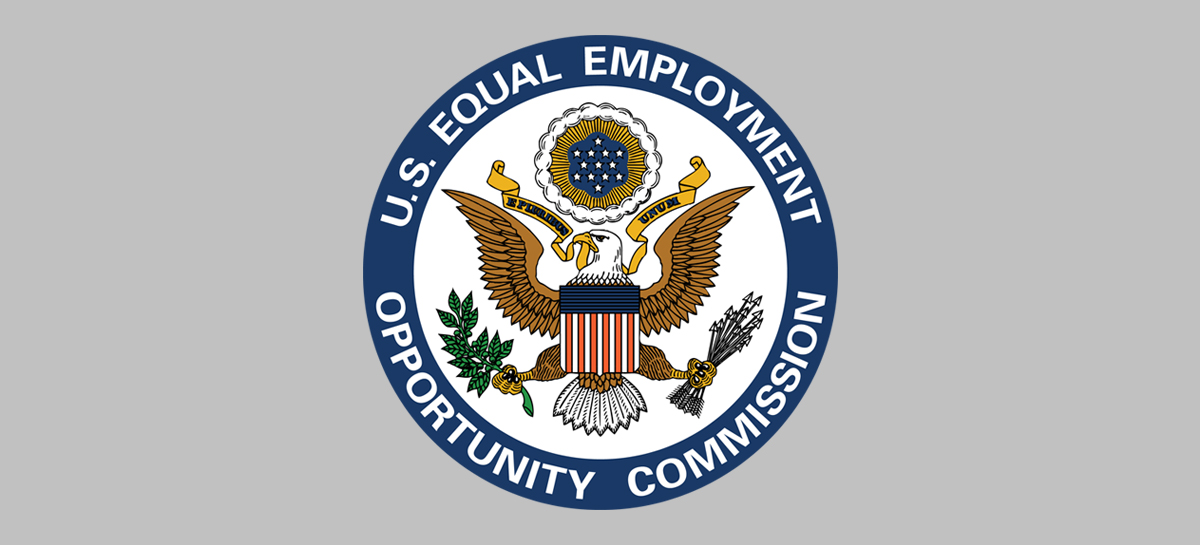
Turnover is a common occurrence throughout any given year. However, during the COVID-19 pandemic, turnover rates fell dramatically. Now, a significant number of employees are unwilling to return to the status quo that was established pre-pandemic. That’s a major reason why experts predict a “turnover tsunami” coming in the latter half of 2021.
What’s Happening? Throughout the COVID-19 pandemic, workers clung to their jobs as a way to maintain financial security, having seen countless others get furloughed or laid off. In fact, LinkedIn found that 74% of employees have been “sheltering in job.” That means workers are staying in their current roles to collect a steady paycheck and keep household finances stable—that is, until the pandemic is over. Now, as the economy opens back up, employers are pushing for employees to return to the workplace. But a significant number of employees are unwilling to return to the status quo established pre-pandemic. Workplace stressors— worsened by the pandemic—are partly to blame. Additionally, dissatisfaction with compensation, benefits and work-life balance are top reasons why employees are job hunting.









